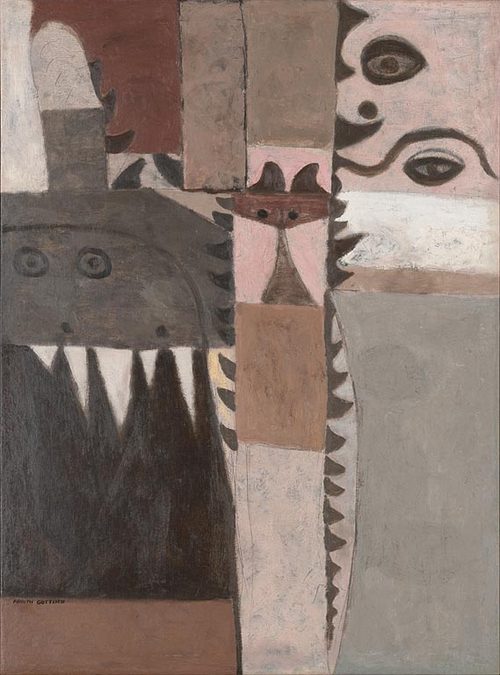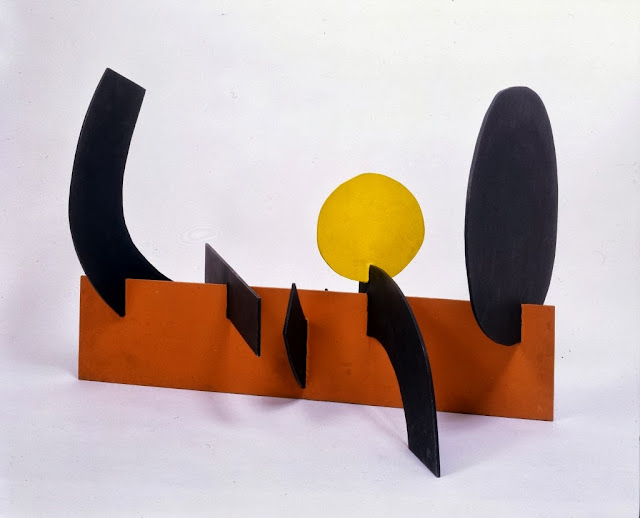Adolph Gottlieb
b.1903 -1974

Gottlieb was born in New York City in 1903. From 1920 to 1921 he studied at the Art Students League of New York with Robert Henri and John Sloan. Afterward he traveled in France and Germany for a year, and studied at Académie de la Grande Chaumière in Paris. After heading back to NYC, he forged friendships with Barnett Newman, Mark Rothko, and John Graham.



In 1929, Gottlieb exhibited at the Opportunity Gallery in New York where he met Milton Avery, his mentor during the following decade. He had his first one-person show at the Dudensing Gallery in 1930. In 1935 he became one of the founding members of The Ten, a group of artists opposed to the narrow realism of contemporary regionalist painters.

In Arizona, he saw examples of archaic wall painting at Indian sites, and the emerging influence of surrealism in New York during World War II led him to rethink his art. In 1941 he began to make his pictographs, images composed of mysterious, invented forms arranged in a grid across the picture plane, suggesting the symbolic communication of prehistoric cultures. Gottlieb’s pictographs also demonstrate his fascination with primitive art; as in the late 1930s, he began to collect African art. He regularly attended exhibitions of African, Native American, and prehistoric art at the Museum of Modern Art. He viewed primitive art as the direct, trenchant expression of unknown forces and a relevant source for meaning amidst the turmoil and injustice of the events leading to World War II and of the war itself.



n 1947, Gottlieb joined the Kootz Gallery and began associating with Robert Motherwell and Hans Hofmann. Dividing his time between New York, Provincetown and East Hampton he participated through the early 1950s in discussions and forums on American artistic developments. In his paintings of the 1950s and 1960s, which featured large-scale abstract forms floating on the picture plane, Gottlieb revealed his increasing interest in color-field painting and abstract symbolism.



Gottlieb discovered that a symbol had a recognizable meaning within either Western or tribal art, he immediately removed it from his painting vocabulary as part of his quest for a collective unconscious. He was the first of his contemporaries to be collected by a major institution when, in 1945, the Solomon R. Guggenheim Museum, New York, purchased 11 of his works, and, in 1946, the Museum of Modern Art, New York.
purchased a solitary work.









Provincetown , MA circa 1960's

Gottlieb with his wife sailing in Provincetown , MA






Detail shot at the MOMA's abstract expressionist exhib 2011


He was the subject of 36 solo exhibitions in his lifetime, including a 1968 simultaneous retrospective held at both the Solomon R. Guggenheim Museum and at the Whitney Museum of American Art, New York. He passed away 6 year's later at the age of 71.

At the MOMA's abstract expressionist exhib 2011




















